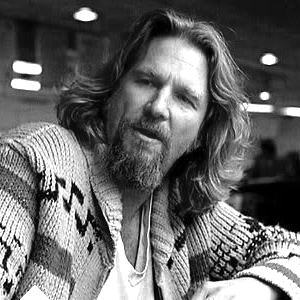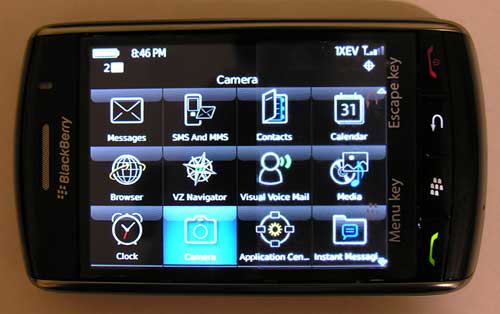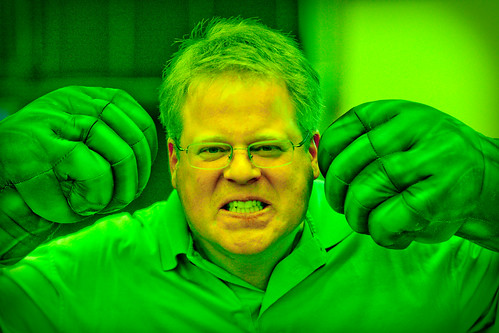For more than 100 years brand marketers have largely focused on push - a mix of tried-and-true tactics that include paid and earned media. However, that was before the Attention Crash, which is changing the economics of digital marketing.
The endless supply of content is taking a toll. It has forced consumers to make hard choices about where and how they spend time. Today people are browsing less and going deeper into a small number of sites. The exact mix of destinations change. What they have in common, however, is that they are all useful.
This habitual shift is resetting the way marketers think. To remain relevant today brands realize they increasingly have to create valuable utilities that consumers pull. These need to seamlessly integrate into the hubs where consumers are investing their shrinking attention.
Kraft, for example, circumvented the Attention Crash with the iFood Assistant, a database of 7,000 recipes that can be accessed from the iPhone. Even though it is clearly Kraft branded and costs 99 cents, the app has remained one of the top paid lifestyle programs on the iTunes store for nearly six months. (Kraft is an Edelman client but we didn't develop this app.)

Utility, however, isn't just about the iPhone or mobile applications. Others are successfully building relationships via rich iGoogle widgets and/or games that consumers find downright irresistible. So, the business case is simple enough. However, the economics are disruptive.
As more marketing becomes utilitarian in nature, marketers will need to invest in not only in developing "high concept" applications but also marketing them. It's very similar to Hollywood where studios spend millions on big-budget blockbusters that have no guarantee for success.
Consider, for example, the typical iPhone application. iPhone development costs range from $20,000 for the basics, up to $150,000 or more, according to Forrester Research. That doesn't even include the budget to promote the application.
Unfortunately, this is the new reality of the digital age. Still, the economics and benefits of utility marketing are very favorable when compared to TV advertising - and more marketers will therefore shift their dollars. Success, however, is far from guaranteed.








 Young Urban Professional
Young Urban Professional



